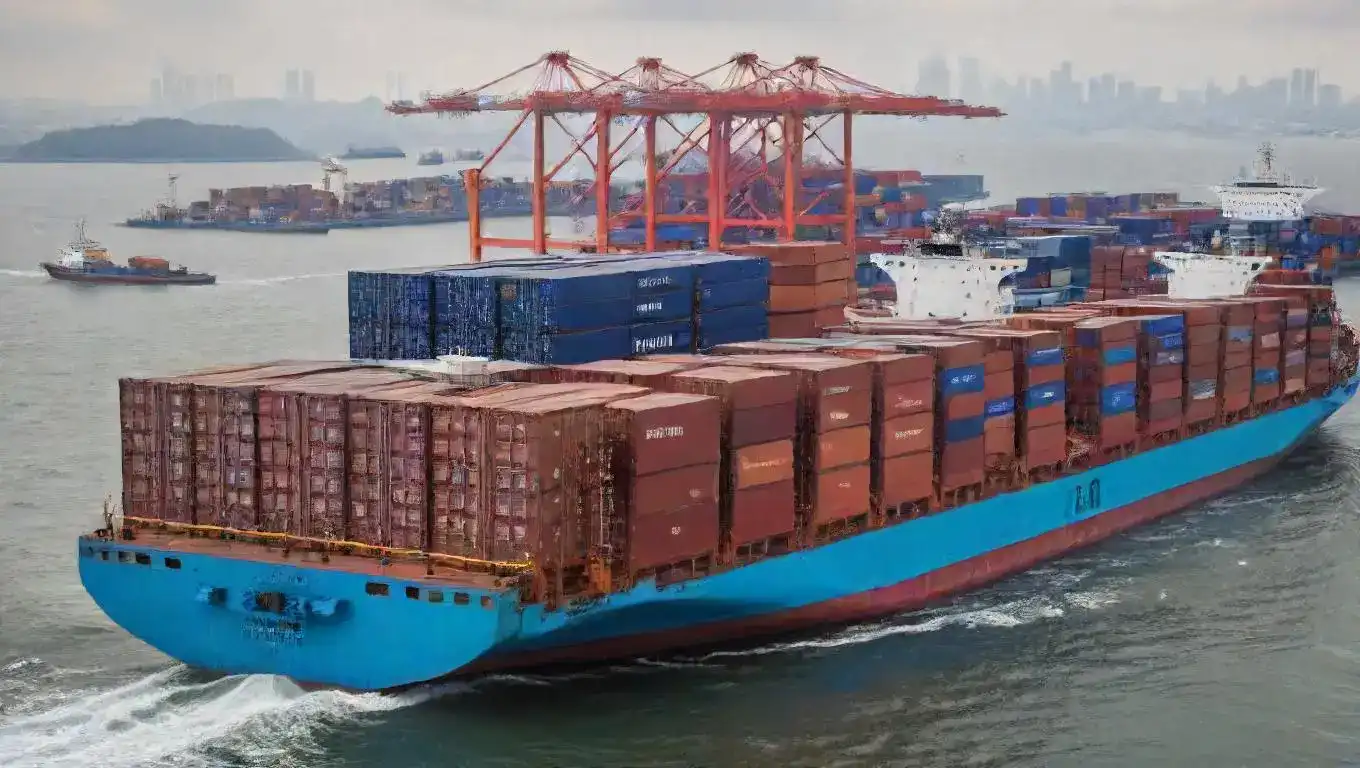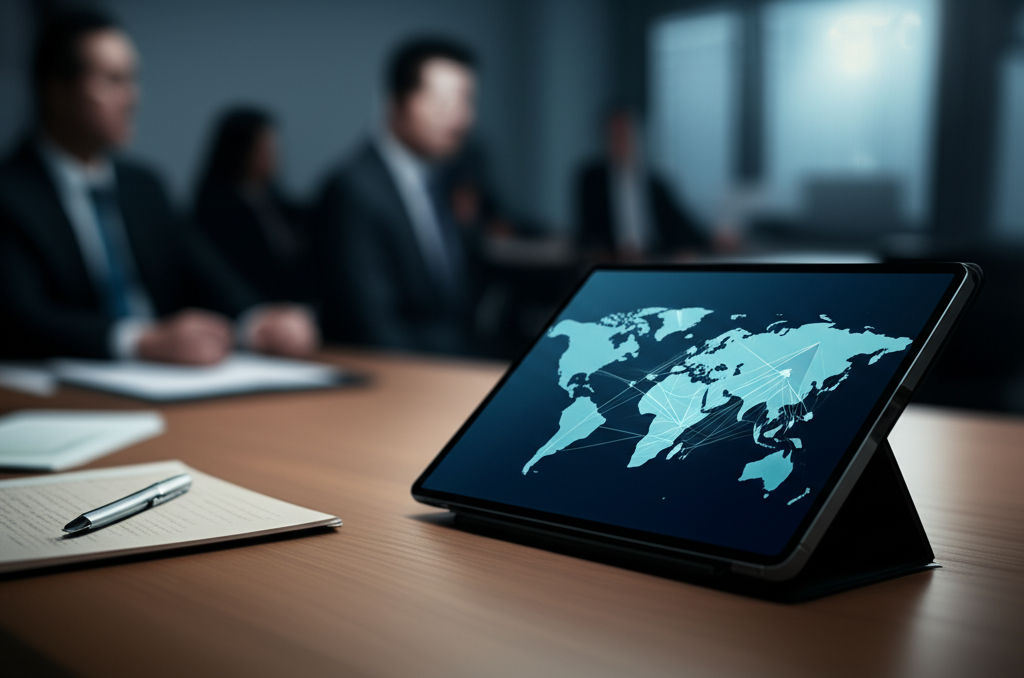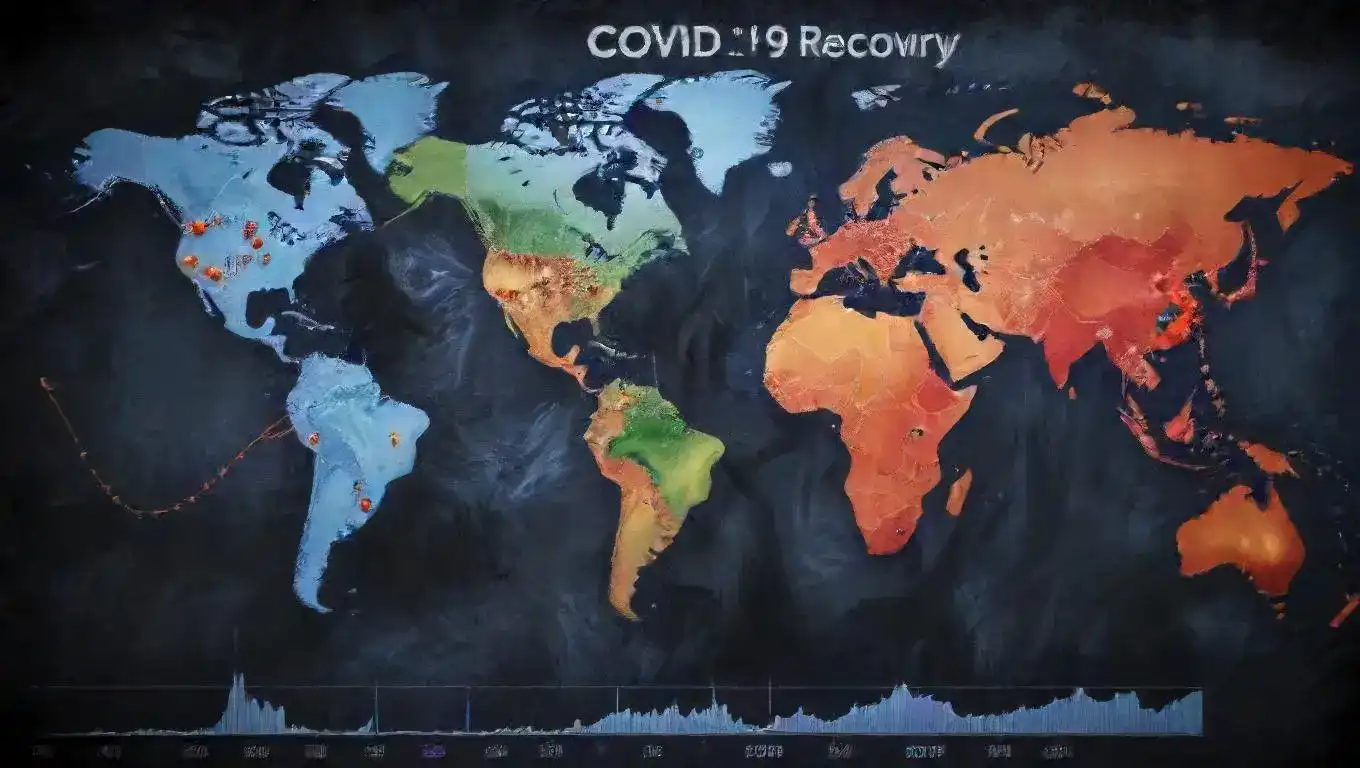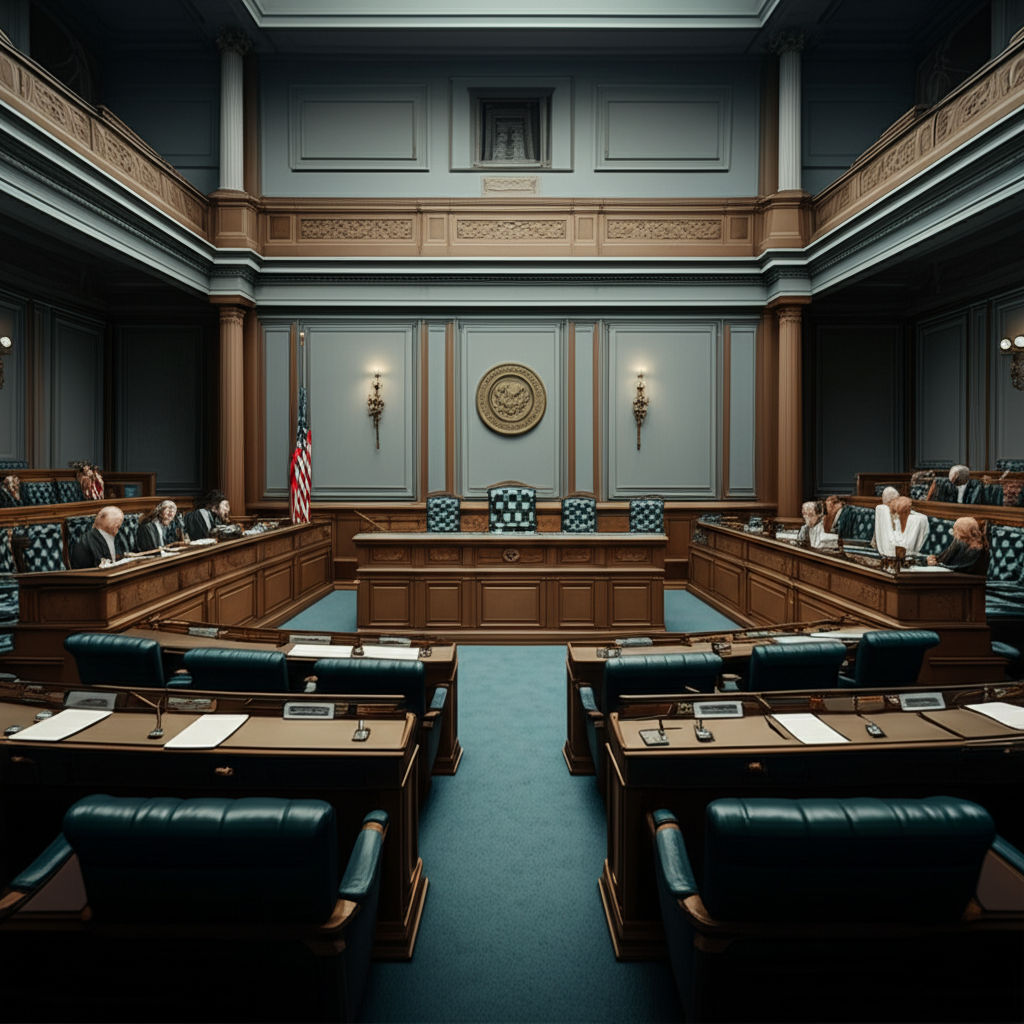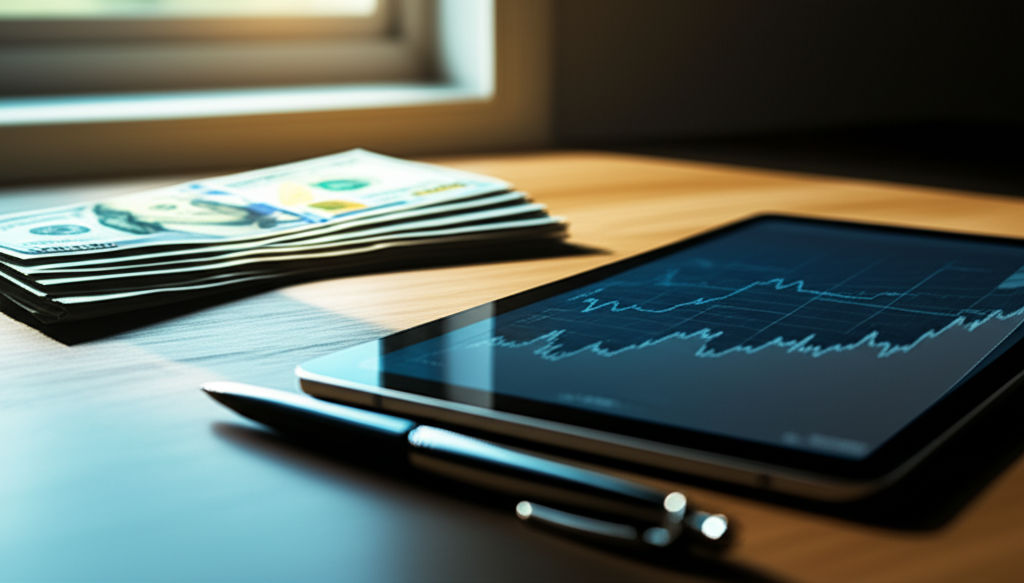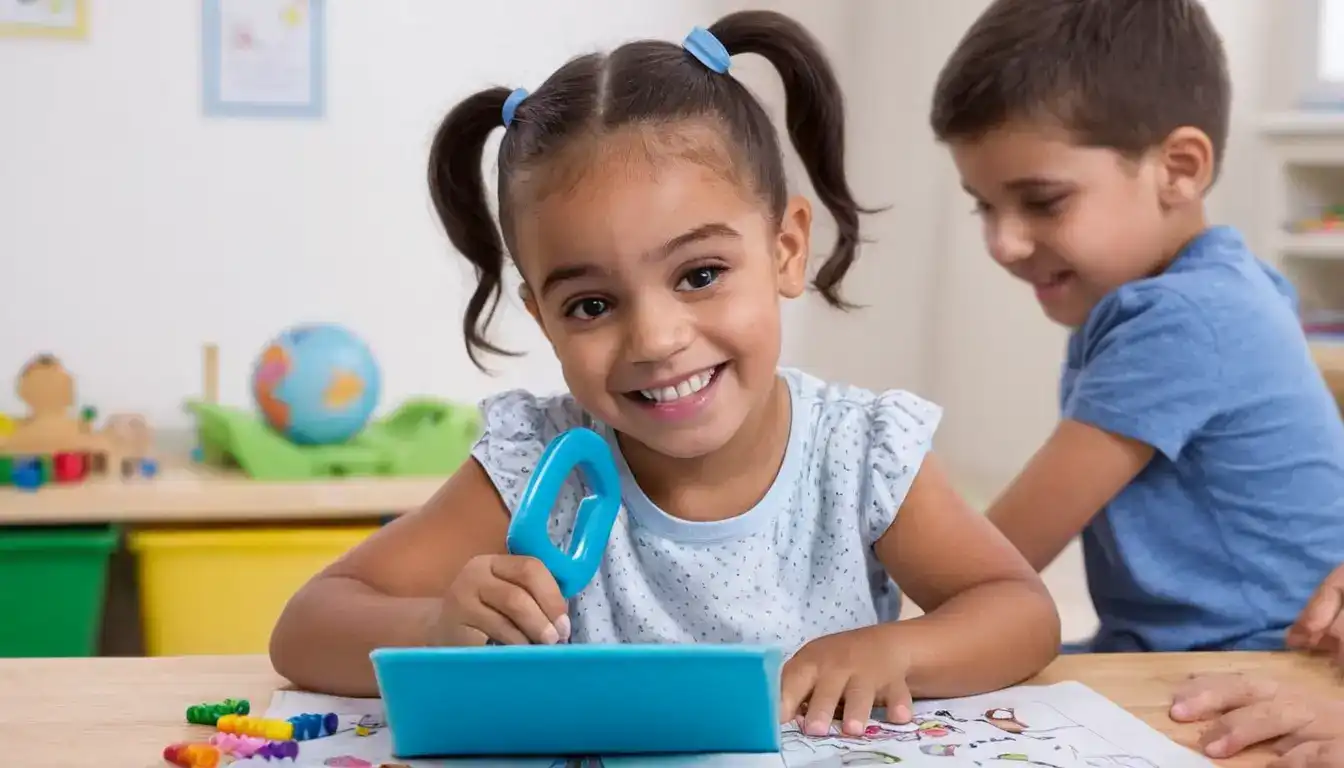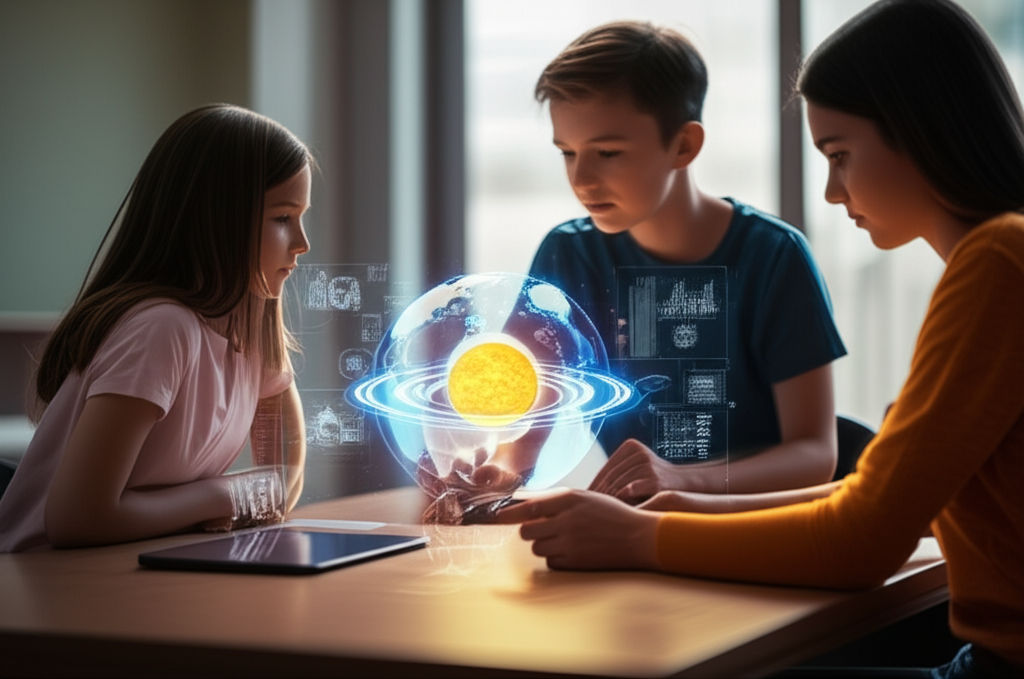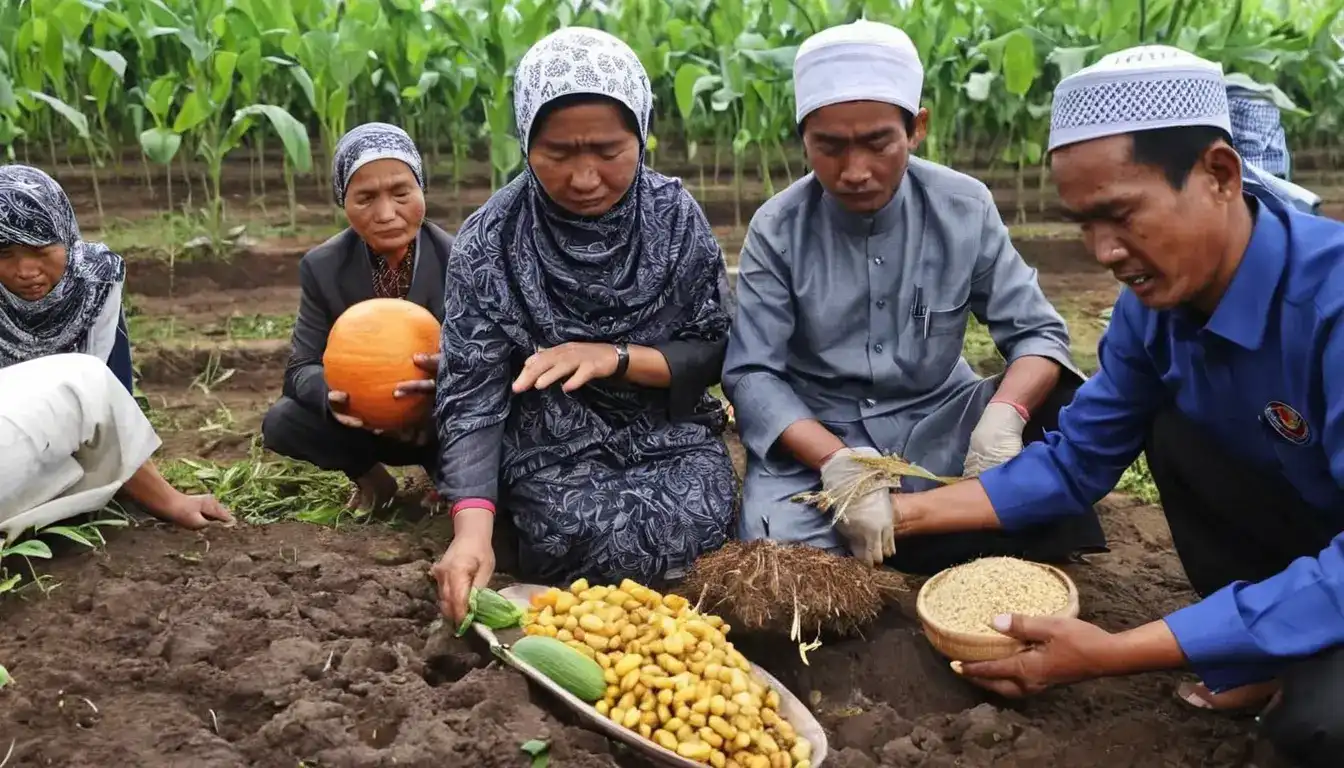Sustainable Education: Teaching for Better Future
Emily Willis

Photo: Sustainable Education: Teaching for Better Future
Sustainable Education: Teaching for a Better Future
Hey there, future shapers! Have you ever paused to think about what kind of world we're preparing our children for? It's a big question, and the answer lies, in large part, in how we educate them today. We're living in a time of incredible change, facing challenges like climate change, resource scarcity, and social inequalities. That's why sustainable education isn't just a buzzword; it's a vital pathway to a brighter, more resilient tomorrow. It's about equipping the next generation with the knowledge, skills, and mindset to navigate these complexities and build a truly better future for everyone.
This isn't just about "going green" or recycling, though those are important pieces of the puzzle. Sustainable education is a holistic approach that integrates environmental awareness, social responsibility, and economic viability into every aspect of learning. It's about fostering critical thinkers, problem-solvers, and compassionate global citizens who understand the interconnectedness of our world.
What Exactly is Sustainable Education?
Think of sustainable education, often referred to as Education for Sustainable Development (ESD), as learning that helps us meet the needs of the present without compromising the ability of future generations to meet their own needs. It's a dynamic, evolving field that blends various teaching techniques to promote a deep understanding of how the environment, economy, and society are all linked. UNESCO, a leading authority on this topic, defines ESD as empowering individuals to acquire the knowledge, skills, values, and attitudes necessary to shape a sustainable future.
This approach goes beyond simply memorizing facts. It encourages active learning and focuses on developing competencies like critical thinking, imagining future scenarios, and making collaborative decisions. It's about empowering students to become real-world problem-solvers.
At its core, sustainable education revolves around three interconnected pillars:
- Environmental Sustainability: This pillar focuses on understanding our planet's ecosystems, natural resources, and the impact of human activities. It covers topics like climate change, biodiversity loss, pollution, and conservation.
- Social Sustainability: This involves fostering empathy, promoting social justice, understanding cultural diversity, and ensuring equitable access to resources and opportunities for all. It addresses issues of inequality and human rights.
- Economic Sustainability: This pillar teaches about responsible resource management, ethical consumption, sustainable production, and developing "green skills" for an economy that supports both people and the planet.
These pillars are deeply intertwined with the United Nations Sustainable Development Goals (SDGs). Launched in 2015, the 17 SDGs are a global blueprint for peace and prosperity, addressing everything from poverty and hunger to climate action and quality education. Sustainable education is explicitly mentioned in SDG 4 (Quality Education), which aims to ensure inclusive and equitable quality education and promote lifelong learning opportunities for all. By integrating these goals into learning, we help students understand the complex global challenges and their role in addressing them.
Why Sustainable Education is Our North Star for the Future
The urgency of sustainable education cannot be overstated. We're at a pivotal moment in human history, and how we educate our youth will determine the trajectory of our planet and societies.
- Addressing Global Challenges: From the climate crisis to resource depletion, our world faces pressing issues that demand innovative solutions. Sustainable education directly equips students to understand these challenges and develop resilience and adaptability to tackle them. It helps them grasp the interconnectedness of environmental, social, and economic factors.
- Fostering Critical Thinking and Problem-Solving: Rote memorization won't solve tomorrow's problems. Sustainable education encourages students to analyze complex issues, question assumptions, and devise creative, practical solutions. This involves engaging students in real-life sustainability challenges, prompting them to think innovatively.
- Developing Global Citizens: In an increasingly interconnected world, understanding diverse cultures, promoting peace, and advocating for justice are crucial. Sustainable education cultivates a sense of personal responsibility and empathy towards others and the environment, encouraging active participation in creating a more equitable and sustainable world.
- Preparing for the Green Economy: The shift towards sustainability is creating new industries and job opportunities. Introducing children to sustainable principles early on equips them with the necessary knowledge and skills for this burgeoning "green economy," enhancing their career prospects in fields like renewable energy, sustainable agriculture, and urban planning.
The Classroom Revolution: How Sustainable Education Looks in Practice
So, what does sustainable education actually look like in schools and learning environments? It's far more than just a dedicated "environmental studies" class. It's about weaving sustainability into the very fabric of learning, making it relevant and engaging across all subjects.
Integrating Environmental Literacy
Environmental literacy is a cornerstone of sustainable education. This involves teaching students about biodiversity, climate change, waste management, and conservation.
- Hands-on Projects and Nature-Based Learning: Instead of just reading about ecosystems, students can engage in practical lessons like setting up school gardens, learning about composting systems, or participating in litter-picking initiatives. Growing their own produce teaches children about biology, plant cycles, and the value of local food.
- Real-World Audits and Campaigns: Students can design waste reduction campaigns for their school or audit the environmental impact of the school cafeteria, turning theoretical knowledge into actionable insights.
- Eco-Trips: Taking classes to local farms or recycling centers provides memorable, practical lessons on sustainable food production and waste management.
Cultivating Social Justice and Equity
Sustainable education also emphasizes understanding social dynamics and promoting fairness.
- Empathy and Diversity: Lessons can explore different cultures, address issues of inequality, and foster empathy for diverse perspectives. This might involve community projects that connect students with different groups or discussions on environmental justice, highlighting how environmental burdens often disproportionately affect marginalized communities.
- Global Citizenship: Understanding global issues like poverty and human rights is vital. Students can learn about international efforts like the SDGs and discuss how their actions can contribute to a more just world.
Nurturing Economic Sustainability
This pillar focuses on responsible consumption and understanding the economic implications of our choices.
- Resource Management: Students learn about the life cycle of products, from raw materials to disposal, and the importance of reducing, reusing, and recycling. Discussions can include identifying eco-friendly companies and understanding sustainable manufacturing.
- Green Skills and Ethical Consumption: Education can highlight career paths in the green economy and encourage students to make conscious choices about what they buy, supporting local and sustainable businesses.
Holistic and Interdisciplinary Approaches
The beauty of sustainable education lies in its ability to break down traditional subject silos.
- Cross-Curricular Integration: Sustainability isn't just for science class. Math can be used to calculate a school's carbon footprint, language arts can involve persuasive writing for environmental causes, and art can create environmental installations.
- Project-Based Learning (PBL): PBL is a fantastic tool for weaving sustainability into various subjects. Students might design a sustainable school, explore food systems, or study sustainable manufacturing, tackling real-world problems that require interdisciplinary solutions.
Actionable Steps: How You Can Be Part of the Sustainable Education Movement
Sustainable education is a collective effort. Everyone has a role to play in fostering a generation ready for a better future.
For Parents/Guardians:
- Talk About Sustainability at Home: Make conscious choices as a family. Discuss recycling, conserving water and energy, and reducing waste. Simple actions, like using LED lighting or composting food scraps, can be powerful lessons.
- Support Eco-Initiatives at School: Get involved with your child's school. Ask about their sustainability efforts, volunteer for eco-clubs or garden projects, and advocate for green policies.
- Encourage Curiosity and Outdoor Play: Foster a love for nature by spending time outdoors. Encourage questions about the environment and how things work.
For Educators:
- Incorporate SDGs into Your Curriculum: Look for natural connections between your subject matter and the Sustainable Development Goals. UNESCO provides resources and tools to support this.
- Seek Professional Development: Stay updated on best practices in sustainable education. Many resources and workshops are available to help you integrate environmental topics effectively.
- Model Sustainable Practices: Your actions speak volumes. Implement recycling programs, conserve energy in your classroom, and use eco-friendly materials. Engage students in these practices, giving them practical experience.
- Embrace Project-Based Learning: Design projects that allow students to explore real-world sustainability challenges and come up with their own solutions.
For Students:
- Join or Start an Eco-Club: Get together with friends who care about the environment. Work on projects like school gardens, recycling drives, or awareness campaigns.
- Be Curious and Ask Questions: Don't just accept things as they are. Ask why things are done a certain way and how they could be more sustainable.
- **Advocate for
Latest ✨
View AllUncover the dynamic relationship between tariffs and global trade patterns. Explore how tariff changes reshape trade flows, impact consumers and businesses, and drive strategic adaptations in supply chains and markets. Discover insights from real-world cases and learn strategies for businesses to thrive in this evolving landscape.
Emily Willis
WEF Davos: Global leaders unite to tackle pressing challenges, foster dialogue, and drive collaborative solutions for a better world.
Emily Willis
The inflation threat explained. Understand its causes and discover effective cures to protect your purchasing power and navigate economic challenges.
Emily Willis
Optimisez votre crédit immobilier ! Découvrez les types de taux, comment les négocier et maximiser votre prêt en France. Guide complet pour réussir votre projet immobilier.
Emily Willis
Business
View All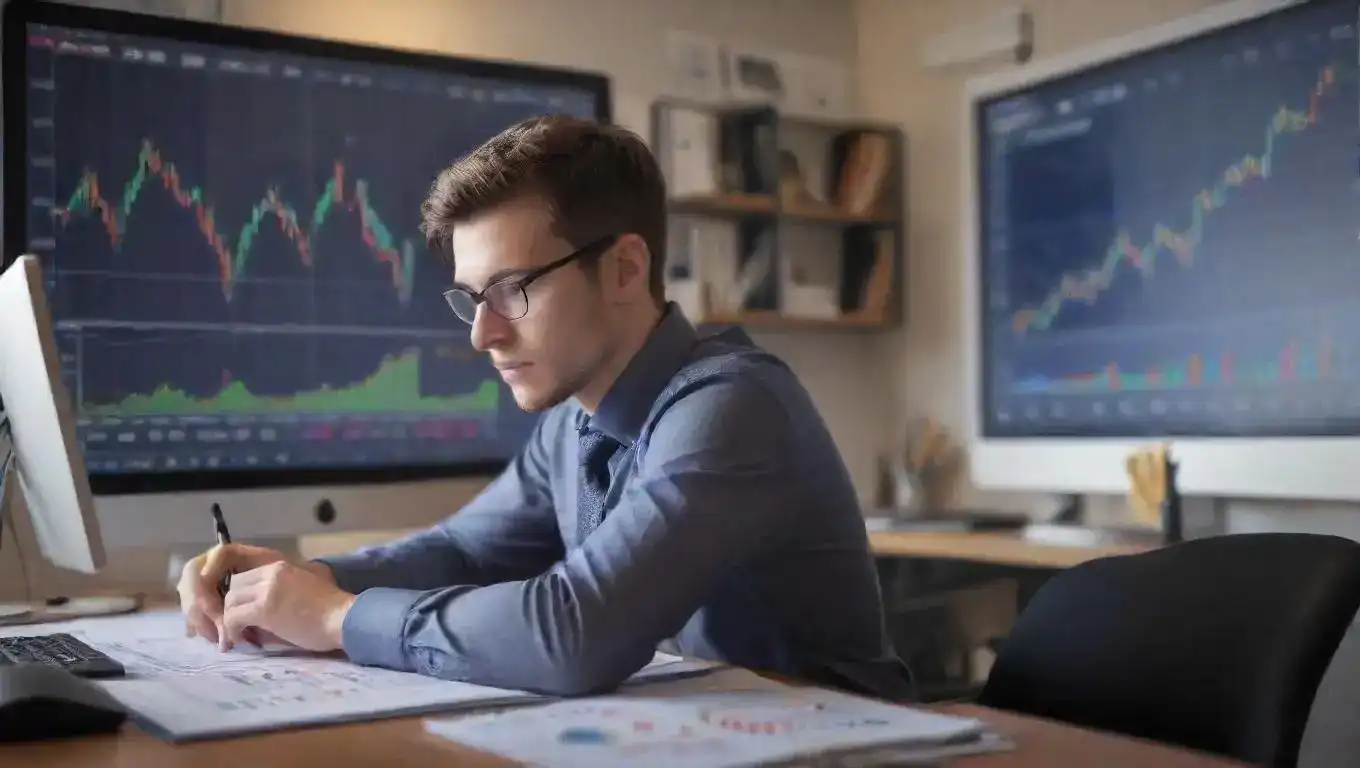
August 5, 2024
How to Save and Invest to Achieve Your Financial GoalsSaving and investing are essential components of building financial security. Saving helps accumulate money for short-term goals, while investing allows money to grow for long-term aspirations. Understanding financial goals, developing effective savings strategies, and creating a customized investment plan are key steps in achieving financial success.
Emily Willis
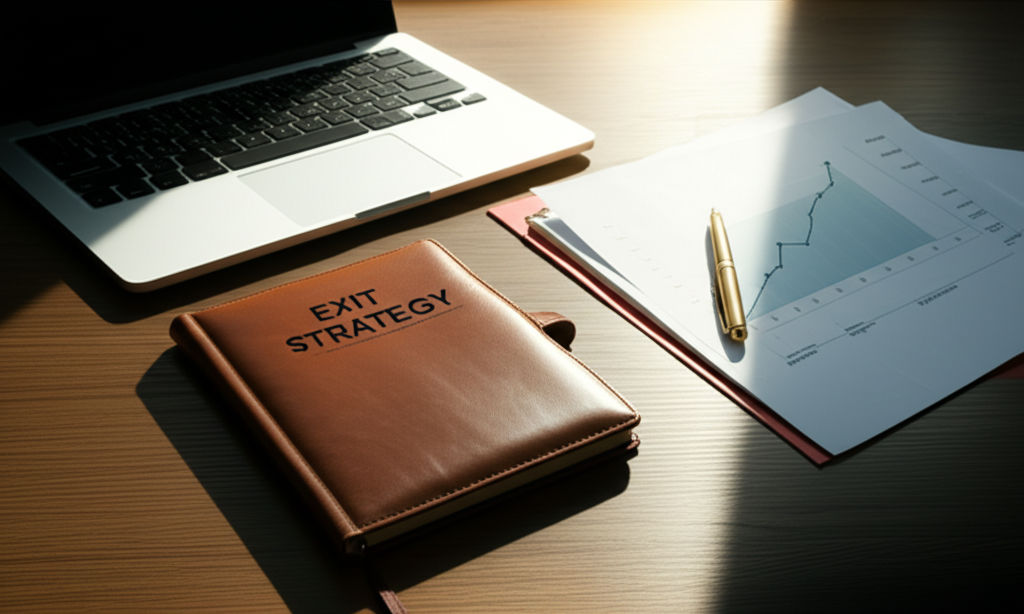
June 8, 2025
Plan Your Business Exit StrategyPlan your business exit strategy: a roadmap to a successful future. Maximize value, protect your legacy, and ensure a smooth transition.
Emily Willis
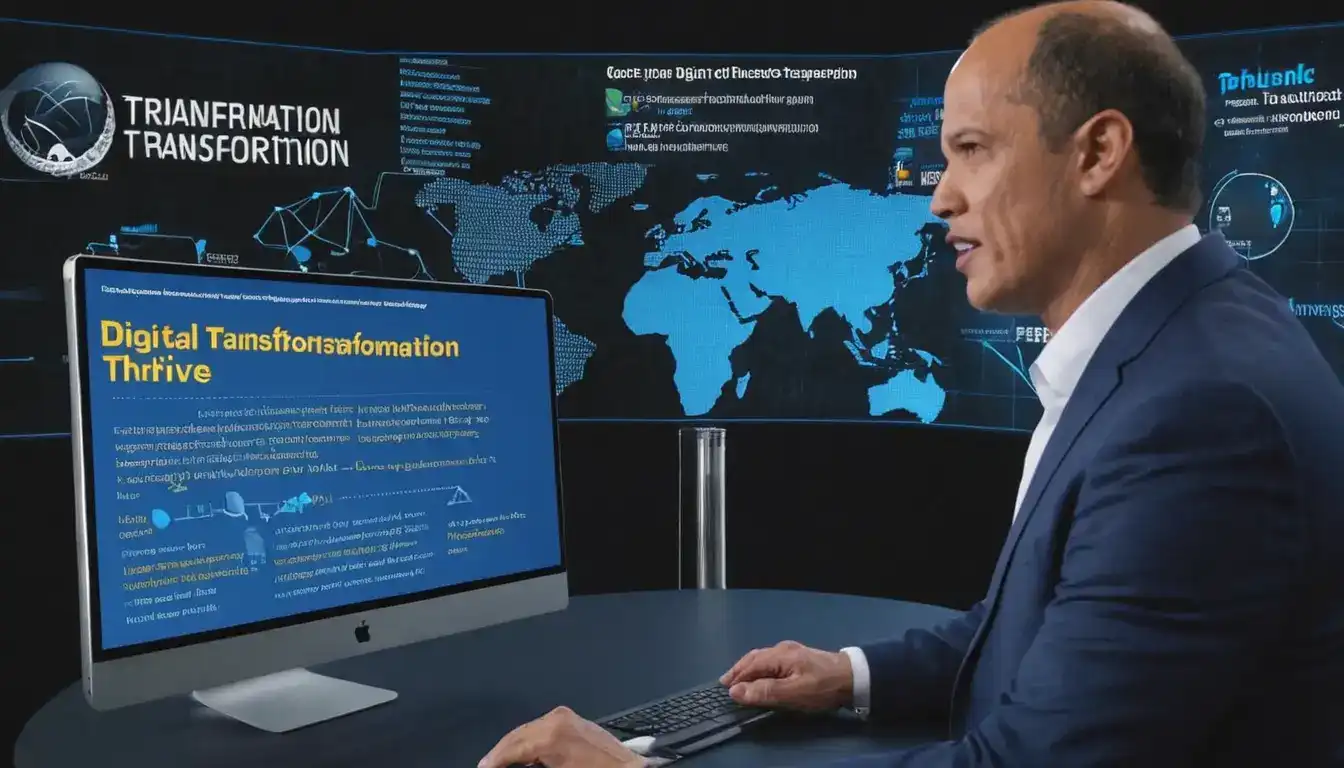
August 4, 2024
Digital Transformation: Businesses Leverage Technology to Thrive in the Digital AgeThe business world is evolving rapidly, with consumers expecting seamless digital experiences. Digital transformation involves integrating technology, focusing on customers, making data-driven decisions, and fostering innovation.
Emily Willis
Economy
View AllThe COVID-19 pandemic has had a significant impact on the global economy, leading to market turmoil, disrupted supply chains, and widespread business closures. As countries slowly recover, there are questions about the future of the global economy. While there are signs of recovery, challenges such as rising inflation, uneven global recovery, labor market disruptions, and supply chain bottlenecks remain. To ensure a sustainable recovery, policymakers must continue to support vulnerable sectors, invest in education and reskilling, strengthen healthcare systems, promote supply chain resilience, address inequalities, and prioritize sustainability.
Read MoreFiscal policy: The government's powerful tool of taxes & spending that shapes the economy, jobs, and your daily life. Essential citizen guide.
Read MoreDemystify interest rates! Learn how they impact your loans, savings & wealth, and make smarter financial decisions in a changing economy.
Read MoreEntertainment
View All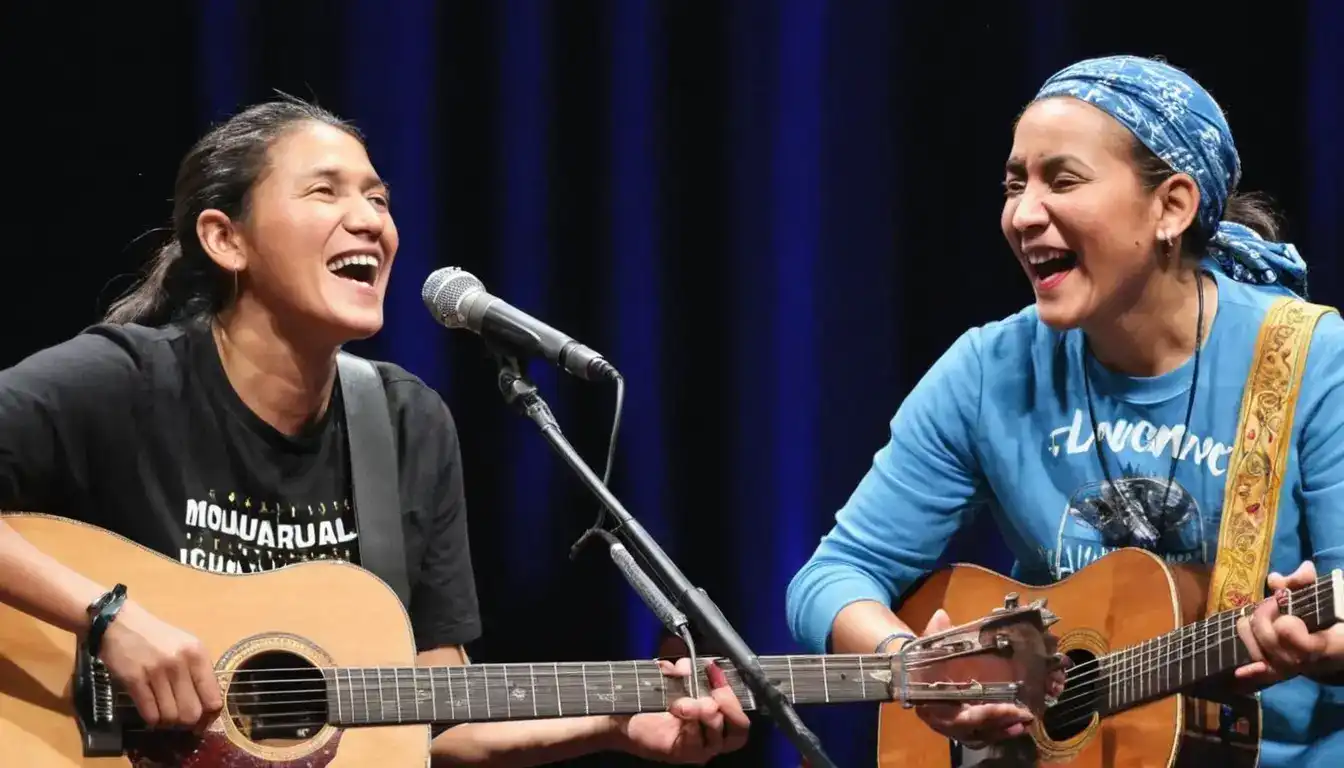
August 5, 2024
Music Universal Language: Connecting and Inspiring Across CulturesMusic has the power to transcend language barriers and connect people on a deep emotional level. It serves as a bridge between cultures, fostering understanding and appreciation for diversity. The universality of rhythm and melody creates a sense of unity, while the diversity of musical styles allows for exploration and creativity.
Emily Willis
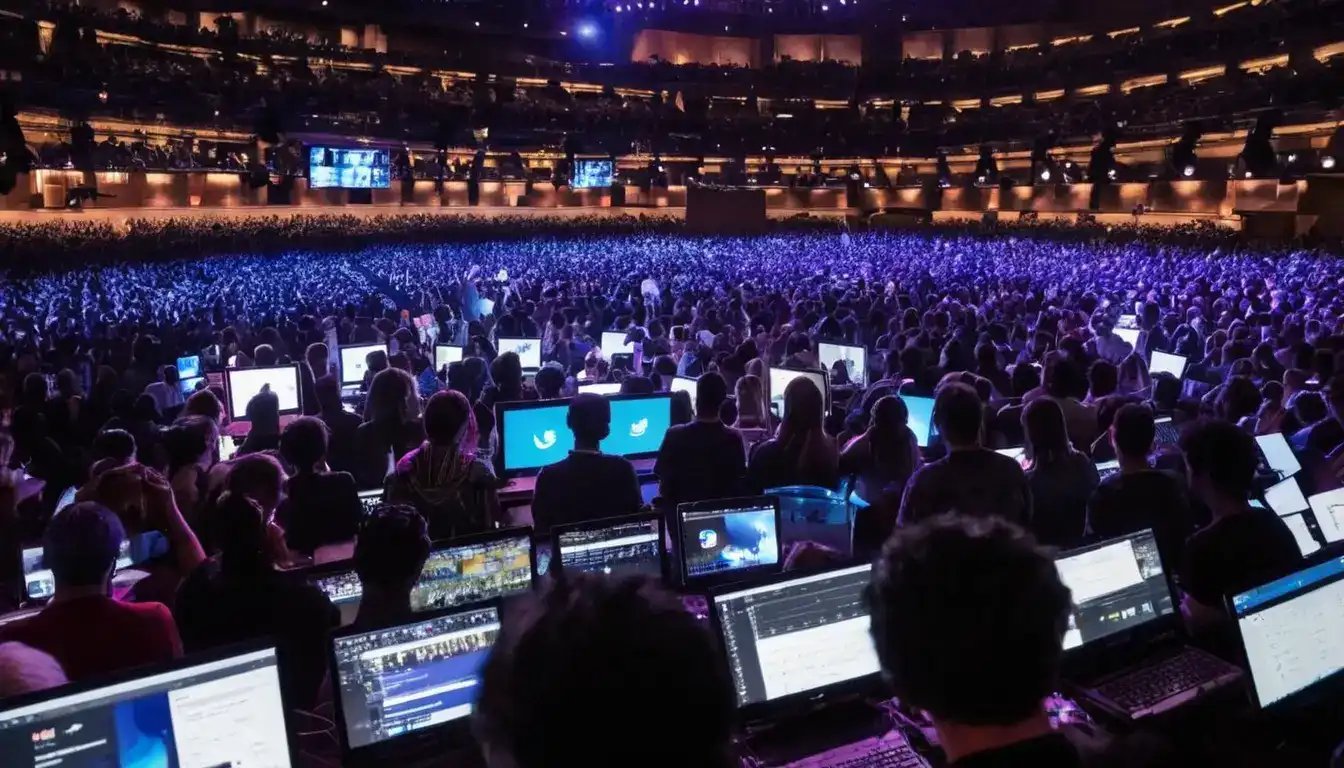
August 5, 2024
Music's Evolving Landscape: Technology, Social Media, and Global TrendsThe music industry has undergone significant changes due to technological advancements, social media, and a growing global audience. The shift from analog to digital formats, the rise of streaming services, and the impact of social media on artist-fan relationships are explored.
Emily Willis
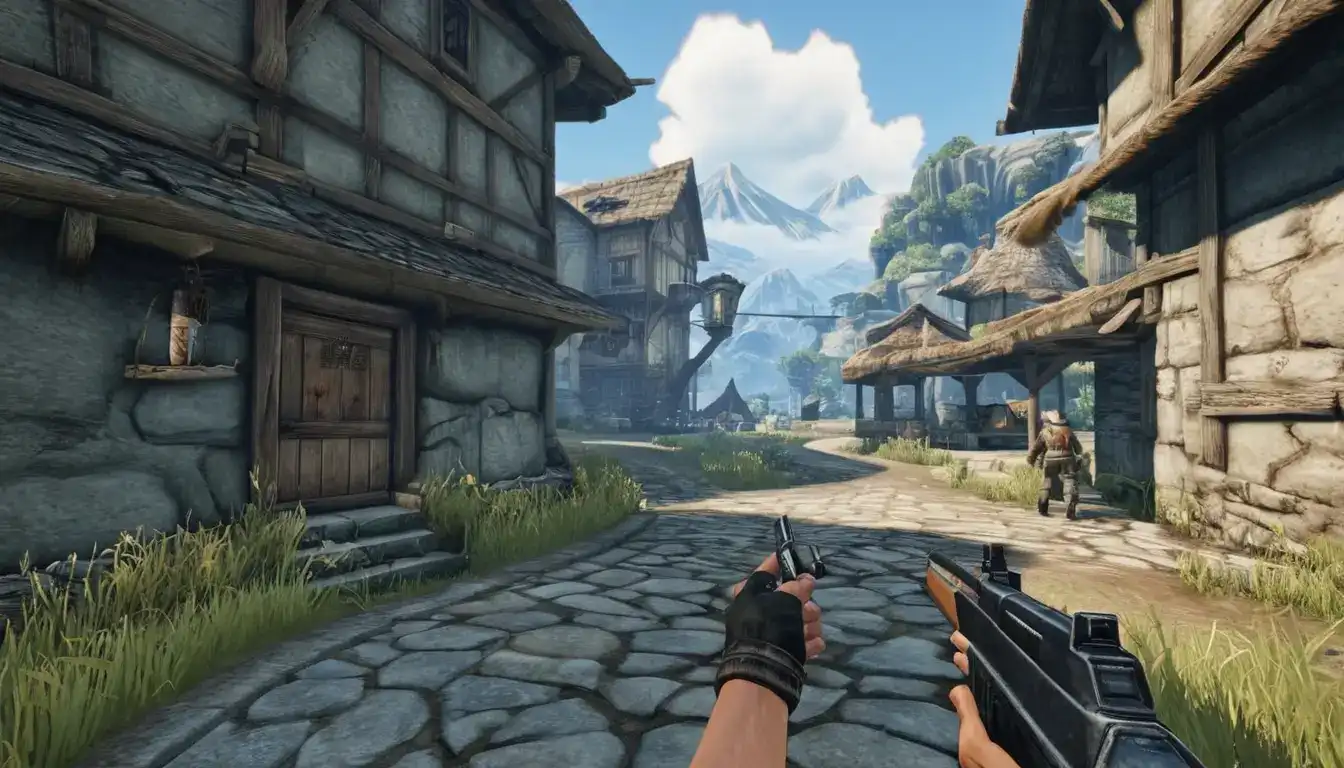
August 5, 2024
Video Games: Enduring Appeal, Immersive Worlds, and Diverse Genresenduring appeal of video games, highlighting their ability to transport players to fantastical realms, challenge their minds, and foster connections with others. It explores the magic of immersive worlds, the vast array of genres available, and the social power of gaming.
Emily Willis
Health
View Allour minds are often overwhelmed with information and stimuli, leading to stress and anxiety. Mindfulness and meditation offer tools to cultivate inner peace and well-being. Mindfulness involves being present in the moment without judgment, while meditation involves focusing attention on an object or thought.
Emily Willis
The focus of nutrition advice is shifting towards personalized nutrition, taking into account individual genetic makeup, lifestyle, and health goals to create a customized eating plan. This approach can lead to improved health outcomes, enhanced nutrient absorption, increased motivation, and targeted support for specific health concerns.
Emily Willis
Nutrition is crucial for maintaining overall body health, impacting energy levels, disease prevention, and overall well-being. A healthy diet includes fruits, vegetables, whole grains, proteins, healthy fats, and hydration. Proper nutrition positively affects energy levels, immune function, heart health, weight management, and mental health. Practical tips for improving nutrition include planning balanced meals, reading food labels, cooking at home, limiting processed foods, and staying hydrated. By prioritizing nutrition and making informed choices, individuals can enhance their health and well-being.
Emily Willis
Trending 🔥
View All
1
2
3
4
5
6
7
8
10
Sports
View AllAugust 5, 2024
Inclusive Playing Field: Creating a Welcoming and Accessible Sports Environment
Read MoreTechnology
View All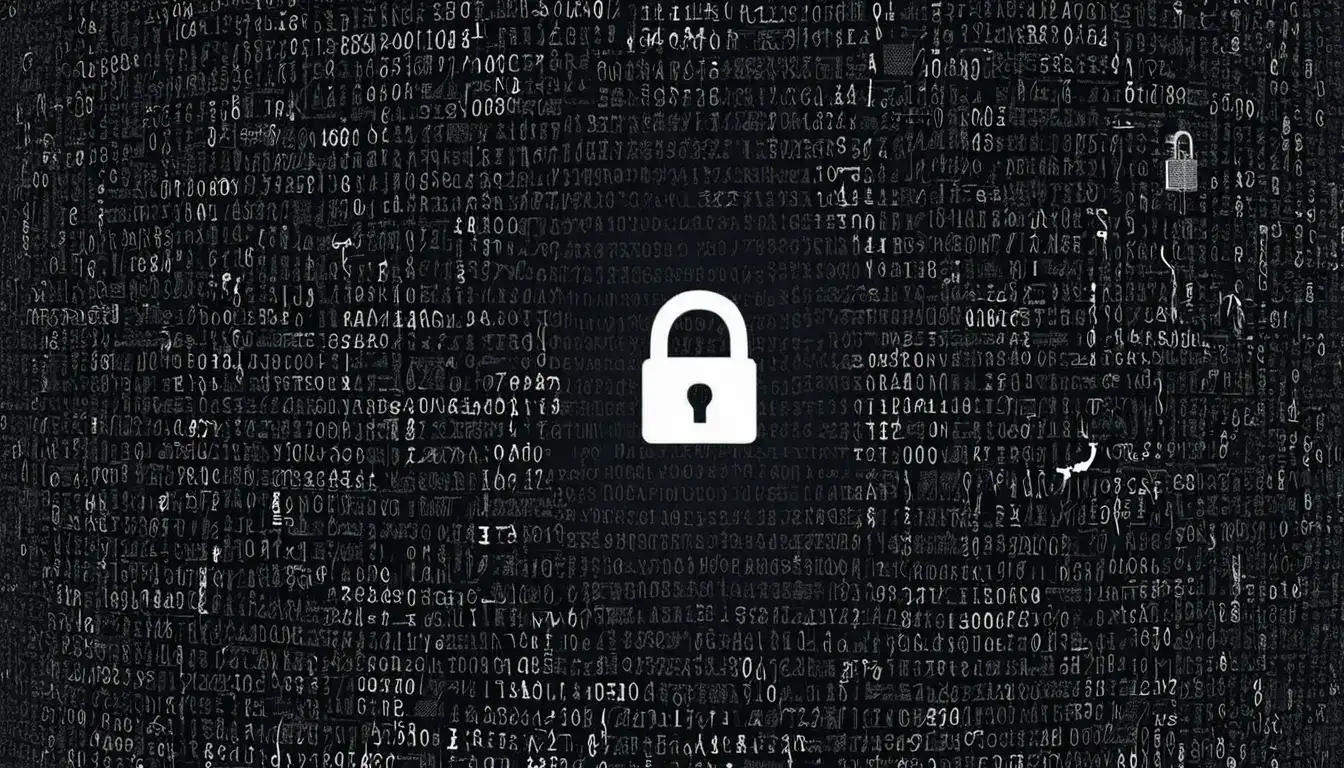
August 4, 2024
Data Security in the Digital Era: Challenges and Solutions
importance of data security in the digital age, highlighting challenges such as cyberattacks, human error, weak passwords, and outdated systems. It also provides solutions to enhance data security, including encryption, strong password policies, multi-factor authentication, regular software updates, employee training, access controls, data backup, incident response plans, security audits, and advanced security technologies. These measures are essential for protecting sensitive information and preventing unauthorized access and breaches.
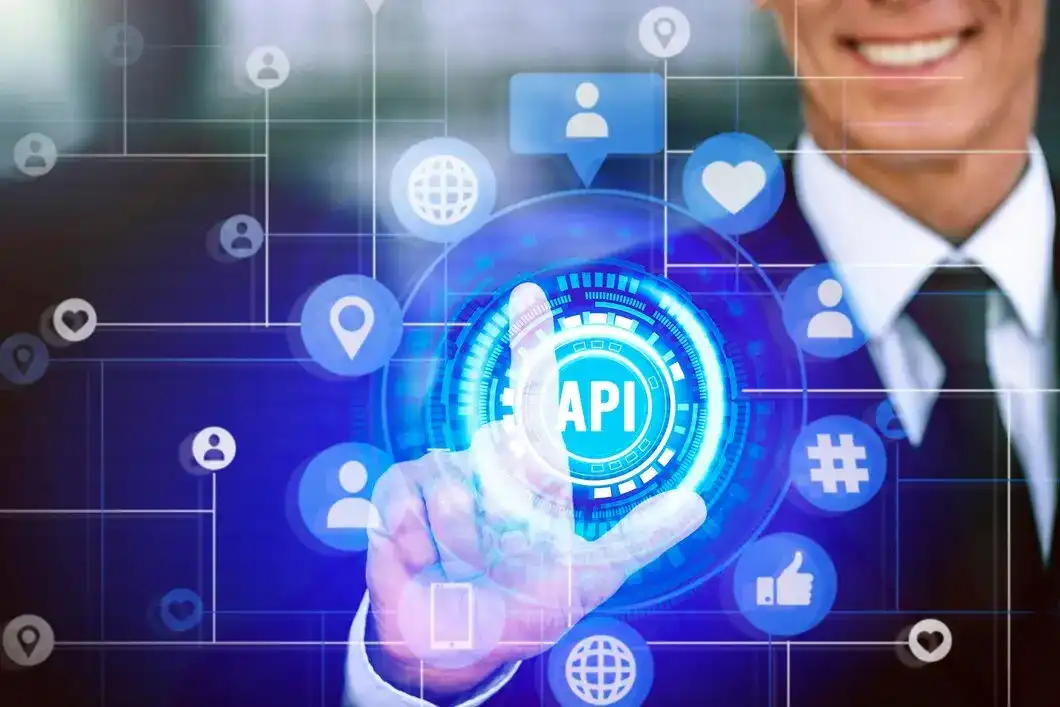
August 5, 2024
What is Blockchain and How does it Work?
Blockchain technology is a decentralized digital ledger that records transactions securely and transparently across multiple computers. Key concepts include decentralization, cryptographic security, and consensus mechanisms. Transactions are verified, grouped into blocks, and added to the blockchain through a consensus process.
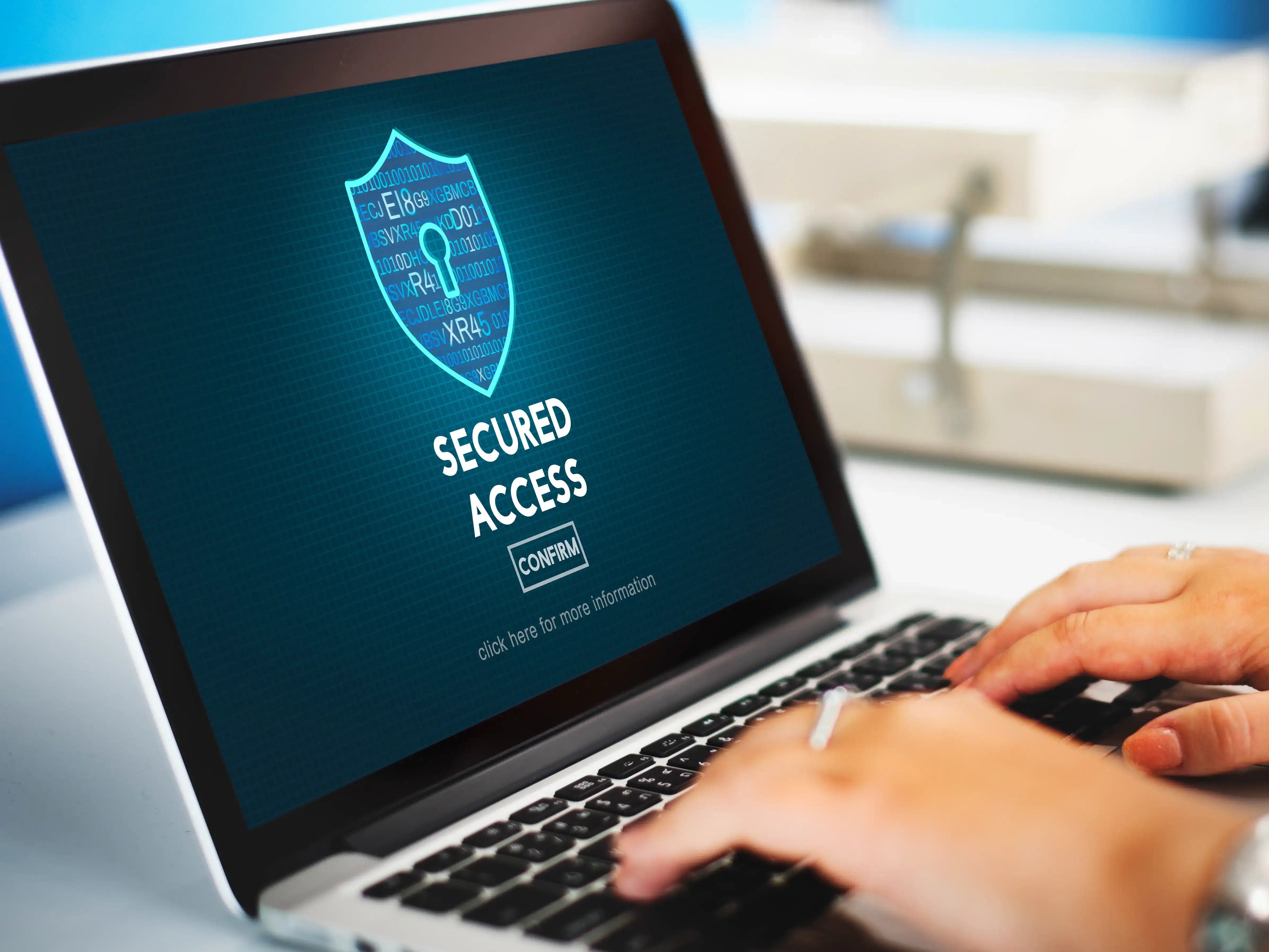
August 5, 2024
Tips for Keeping Your Personal Data Safe on the Internet
The digital age has made personal data more vulnerable to threats such as phishing, hacking, identity theft, and data breaches. To protect yourself, it is important to create strong passwords, be cautious of phishing attacks, secure your devices, safeguard your personal information online, practice safe online shopping and banking, protect your social media accounts, and stay informed about cybersecurity threats.

August 5, 2024
Best AR Apps for Interior Design
Discover the top AR apps for interior design and transform your space with ease! From furniture placement to paint colors, these innovative tools will revolutionize the way you decorate, making your home design dreams a reality
